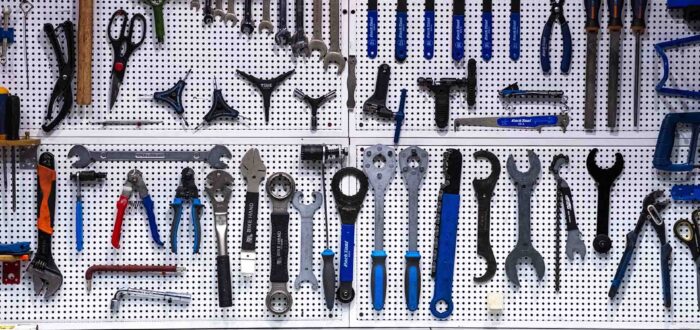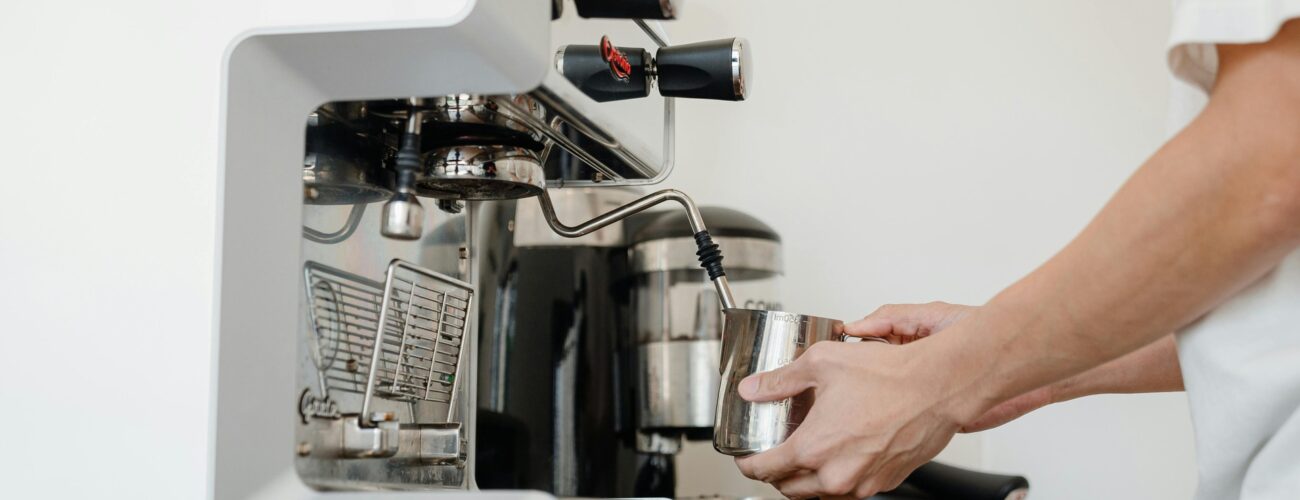

The Ultimate Guide to How to Pack an Espresso Machine
Posted in How-to on April 16, 2024
Embarking on a cross-country move and worried about beloved coffee companion? Our ultimate guide on how to pack an espresso machine introduces safe packing practices for appliances, ensuring the device reaches its new home without a scratch. From disassembling to bubble-wrapping, we cover every step you need for a secure transition. Use our tips and your move will be hassle-free.
How to Pack an Espresso Machine for a Cross-Country Move
Packing a small espresso machine as well as a big one for a cross-country move requires more than just tossing it into a box. To relocate efficiently, a well-thought-out approach is necessary, especially when you plan a relocation that spans thousands of miles.
Begin by consulting the manufacturer’s manual for any specific disassembly instructions.
Use bubble wrap and packing paper generously to protect each component, particularly fragile ones like the steam wand.
Choose a box that fits the machine snugly to avoid unnecessary movement.
Remember, the key to learning how to pack espresso machines is to be vigilant about details.
Determine What Type of Machine You Own
Determining the type of espresso machine you own is a critical first step before you organize a relocation. Recognizing the type not only aids in understanding the specific packaging needs but also helps to make relocation easier. Here are the different types of machines and how to identify yours:
- Manual – Look for a lever that requires manual force to brew espresso. These machines have minimal buttons and give you full control over the pressure applied during extraction.
- Semi-automatic – These machines require you to grind and tamp the coffee, but the water flow is automated. If the machine asks for a bit of manual preparation before taking over the brewing process, it’s semi-automatic.
- Super-automatic – If your machine does everything from grinding the beans to frothing the milk with just the touch of a button, you have a super-automatic.
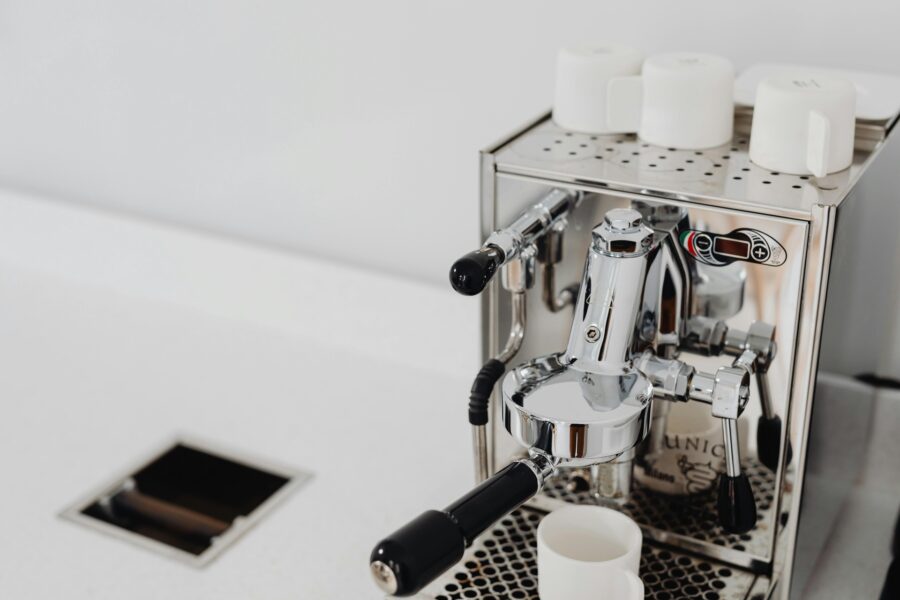
Prepare for the Packing Process by Reading the Manufacturer’s Manual
This crucial step allows individuals to be aware of specific guidelines and requirements essential for protecting the appliance during transit. Attention should be directed towards disassembly instructions, if applicable, and any special considerations for transporting sensitive components.
Utilizing these insights will facilitate a smoother transition, minimizing the risk of damage. It is advised to also take note of any recommended settings or adjustments that should be applied before transportation.
Clean and Dry the Machine
The espresso gear should be cleaned and dried as part of the move-out cleaning tasks, especially when relocating to a new home. This step is paramount in preventing mold growth and eliminating coffee residues that could attract pests or generate unpleasant odors during the move.
Start by disassembling removable parts, if possible, and wash them thoroughly with warm, soapy water. After washing, each component should be dried completely to remove any moisture. It’s beneficial to allow parts to air dry after wiping them down to make sure no moisture is trapped. This preventive measure not only preserves the appliance’s condition but also maintains hygiene standards.

Disassemble It and Categorize the Components
One of the critical relocation tips for ensuring a smooth transition involves disassembling the espresso apparatus and categorizing its components. This should be high on anyone’s to-do list when preparing for a relocation. Begin by carefully removing the brew group, tamper, portafilter, and steam wand from the main construction.
Each of these elements plays a pivotal role in the coffee-making process and requires special attention to ensure they are not damaged. It’s advisable to consult the manufacturer’s manual for specific instructions on how to detach these parts correctly. Once dismantled, categorize and label each component, keeping similar items together.
Gather Necessary Supplies For Packaging the Coffee Gear
Securing different packing materials is a crucial step in preparing a beloved coffee gear for its journey. Essential items include bubble wrap, which acts as a protective shield for delicate parts, and paper, ideal for wrapping components to prevent scratches.
Packing tape plays a crucial role in making sure everything stays securely bundled. Each of these materials contributes to the protection of the coffee gear, providing layers of safety against impacts and vibrations encountered during transit.
Choose the Best-Size Box
Selecting an appropriate container becomes paramount, especially for those moving out for the first time. Should the original packaging be unavailable or unsuitable, the quest for the best-size box requires careful consideration. A double-walled box, offering ample space for both the main body and accessories without overcrowding, is recommended.
For those in search of suitable options, the Craigslist website can be a valuable resource for finding boxes that can securely accommodate the equipment. If the box is sturdy and reinforced with tape, it will have an extra layer of durability.
Obtain Foam Sheets for Fragile Components
As individuals prepare for long-distance movers, obtaining foam sheets for additional safeguarding of the apparatus’s most fragile components becomes essential. Fragile items such as the steam wand and any glass elements demand extra attention. They warrant double wrapping or the introduction of additional padding to mitigate the risk of damage.
Foam sheets offer a versatile and effective solution, providing a buffer that absorbs shocks and prevents delicate parts from coming into direct contact with harder surfaces.
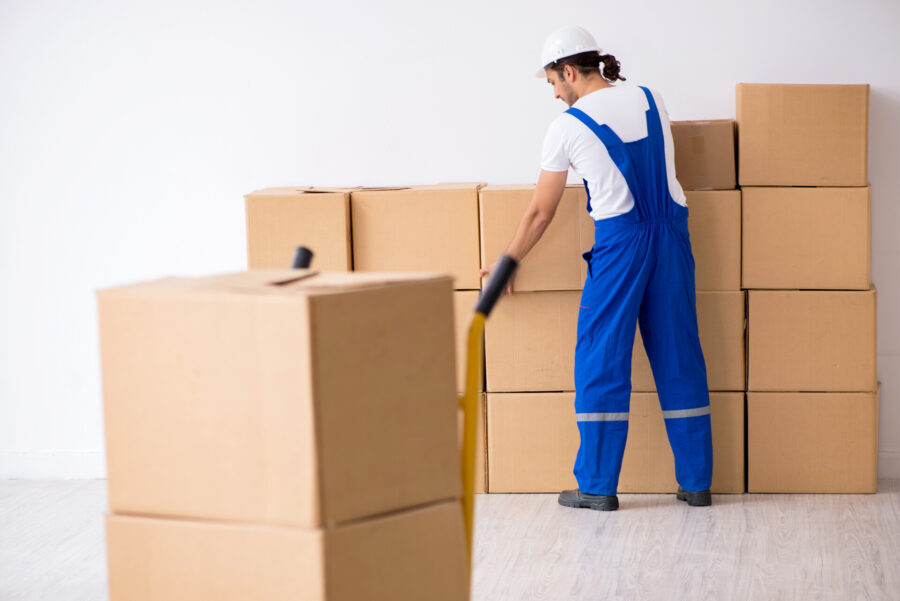
Packing Instructions for Safely Transporting the Espresso Maker
Adhere to the packaging schedule but use appropriate techniques for moving an espresso maker. The big packaging task begins with clearing a dedicated workspace and making sure all necessary supplies and materials are within reach.
Assessing the size and condition of the machine and its components is crucial to determining the appropriate materials and box sizes needed.
This preparatory phase sets the foundation for a methodical and secure packing process, facilitating an organized approach to protecting the coffee equipment.
Wrap the Main Unit
On the packaging list, wrapping the main unit in bubble wrap takes precedence. Begin by laying out a sufficient amount of bubble wrap on a flat surface. Place the espresso maker on top. Check that all sides are fully enveloped by the wrap.
Carefully fold and secure the wrap around the unit, using packing tape to hold it in place. It’s important to avoid applying tape directly to the machine’s surfaces to prevent residue or damage. This step ensures the main body is well-protected against impacts and vibrations.
Secure the Removable Parts Separately
Moving with a coffee machine necessitates meticulous attention to the removable parts, each of which should be wrapped and packed separately. Utilizing bubble wrap or packing paper, individually encase each component, such as the portafilter, steam wand, and any other detachable elements.
This careful wrapping prevents scratches and other forms of damage. Once wrapped, place each part in the box in a manner that minimizes movement, using additional materials as necessary to fill voids. This strategy is crucial for preventing internal shifting.

Seal and Label the Cardboard Box
Upon completing the arrangement of components within the container, the next step involves securely sealing and applying relocation labels. Utilizing high-quality tape, reinforce all seams of the box, applying multiple strips across the top and bottom flaps to keep them firmly shut.
For identification and ease during the unloading process, relocation labels are indispensable. These should detail the contents and designate the room for setup, such as “Espresso Maker – Kitchen.” Clear labeling aids in the efficient organization and decreases the likelihood of mishandling.
Check Whether the Box Is Properly Packed
To ascertain whether the box is aptly prepared, a thorough check eradicates the fear of moving it across long distances. Gently shake the container to detect any movement inside. The absence of shifting sounds indicates snug and secure packaging.
Additionally, inspect the box for any bulges or signs of strain, as these may suggest overpacking or improper distribution of contents. Finally, a light press on the top of the box should not result in significant depression. This guarantees the internal contents are adequately protected and the box is ready for transit.
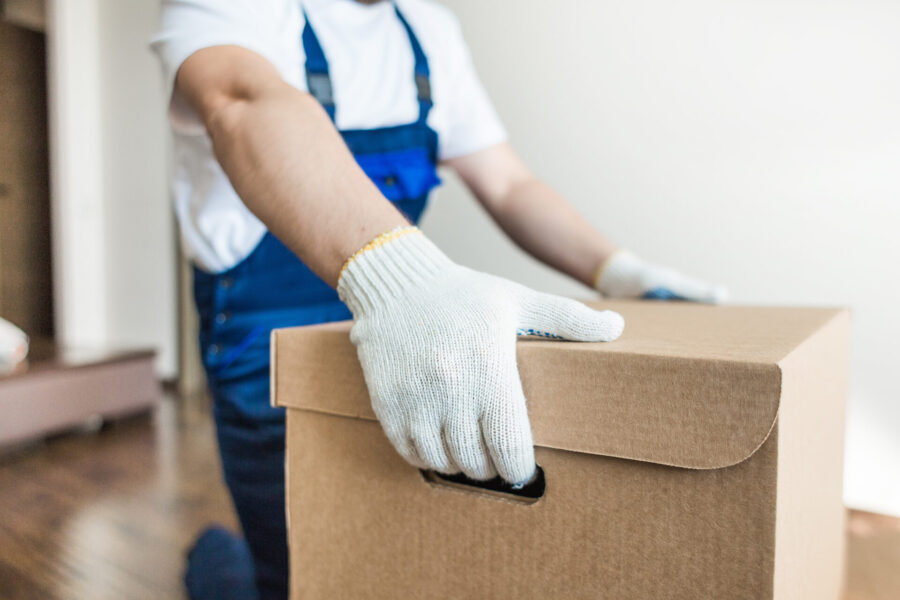
Hire Professional Cross-Country Movers
Utilizing professional cross-country moving services can significantly enhance the safety and efficiency of all belongings. When searching for reliable movers, it is imperative to conduct thorough research. Read reviews, check their licensing and insurance, and obtain detailed quotes from multiple long-distance moving companies.
Look for a company such as Cross Country Movers, which has experience in handling kitchen appliances. This careful selection process guarantees that the chosen mover has a proven track record of success and reliability. Capable movers can also share smart espresso machine moving tips with you.
If You’re Organizing a Last-Minute Relocation, Invest in Packing Services
For those facing the pressures of a last-minute relocation, the task of securely preparing coffee gear can seem difficult. In such scenarios, investing in professional packing services can be a game-changer.
These experts from a cross-country company come equipped with the necessary materials and expertise to ensure that every component of the espresso maker is appropriately protected against the rigors of transport. Opting for packing services frees up valuable time to focus on other aspects of the relocation.
Relocate the Coffee Gear With Us and You Won’t Encounter the Slightest Issue
Relocating coffee gear can be a complex process, requiring attention to detail to make sure every component arrives safely. From understanding the type of espresso machine to selecting the right materials and methods for secure transportation, each step is crucial. By choosing to contact us, Cross Country Movers, individuals can rest assured that their beloved coffee equipment will be handled with the utmost care.
With our expertise in specialized packing services and reliable cross-country transportation, any concerns about safely moving espresso gear are effectively addressed. Trust in a seamless transition and look forward to enjoying a perfect cup of coffee in a new home, without the slightest issue.
Frequently Asked Questions
Can I Pack My Espresso Machine in My Suitcase for a Long-Distance Move?
Incorporating an espresso machine into luggage when moving cross country necessitates careful wrapping in protective materials. Weight restrictions and the risk of damage from handling must be considered, making it essential to check airline policies or transport regulations. A sturdy suitcase can serve as a feasible option but not the best.
What Should I Do if My Espresso Machine Has Water That Cannot Be Completely Drained?
When faced with residual water in an espresso machine that cannot be entirely drained, tilt the apparatus to encourage maximum water removal. Leaving absorbent materials inside to soak up remaining moisture and allowing ample time for air drying can prevent the growth of mold and unpleasant odors.
How Can I Protect My Espresso Machine From Temperature Changes During the Move?
To protect it against temperature fluctuations, insulating the apparatus with thermal blankets or using climate-controlled transport options can be effective. Securing the apparatus in a box lined with insulation materials minimizes exposure to extreme temperatures.
Is It Necessary to Insure My Espresso Machine for the Relocation?
Evaluating the value and considering the risks associated with long-distance transit can guide the decision on whether insurance coverage is necessary when moving across country. Many long-distance movers offer insurance options, making it a worthwhile consideration for high-value items.
What Are the Common Issues to Look for When Setting up My Espresso Machine After a Move?
After a relocation, it’s advisable to inspect the espresso machine for any signs of damage, such as cracks, leaks, or loose components. Testing the apparatus before full use and checking for consistent water flow and proper heating can identify any functional issues. Common post-move concerns include misalignment or blockages.



